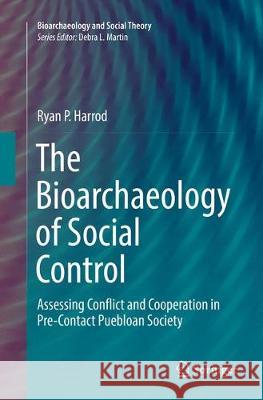The Bioarchaeology of Social Control: Assessing Conflict and Cooperation in Pre-Contact Puebloan Society » książka
topmenu
The Bioarchaeology of Social Control: Assessing Conflict and Cooperation in Pre-Contact Puebloan Society
ISBN-13: 9783319866420 / Angielski / Miękka / 2018 / 172 str.
The Bioarchaeology of Social Control: Assessing Conflict and Cooperation in Pre-Contact Puebloan Society
ISBN-13: 9783319866420 / Angielski / Miękka / 2018 / 172 str.
cena 441,75
(netto: 420,71 VAT: 5%)
Najniższa cena z 30 dni: 424,07
(netto: 420,71 VAT: 5%)
Najniższa cena z 30 dni: 424,07
Termin realizacji zamówienia:
ok. 22 dni roboczych
Dostawa w 2026 r.
ok. 22 dni roboczych
Dostawa w 2026 r.
Darmowa dostawa!
Kategorie BISAC:
Wydawca:
Springer
Seria wydawnicza:
Język:
Angielski
ISBN-13:
9783319866420
Rok wydania:
2018
Wydanie:
Softcover Repri
Ilość stron:
172
Oprawa:
Miękka
Wolumenów:
01











